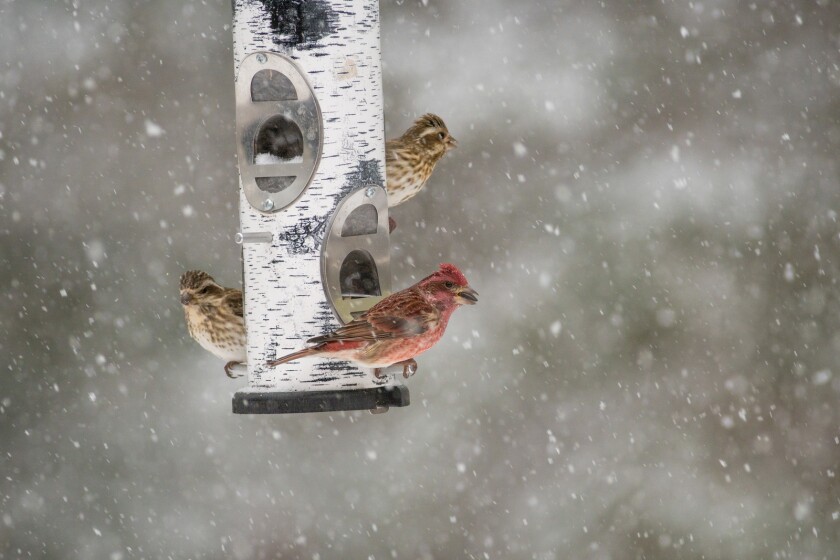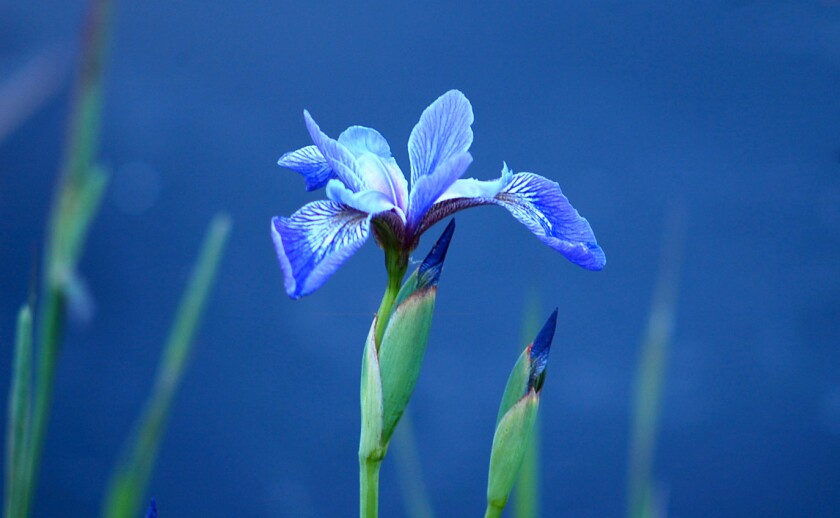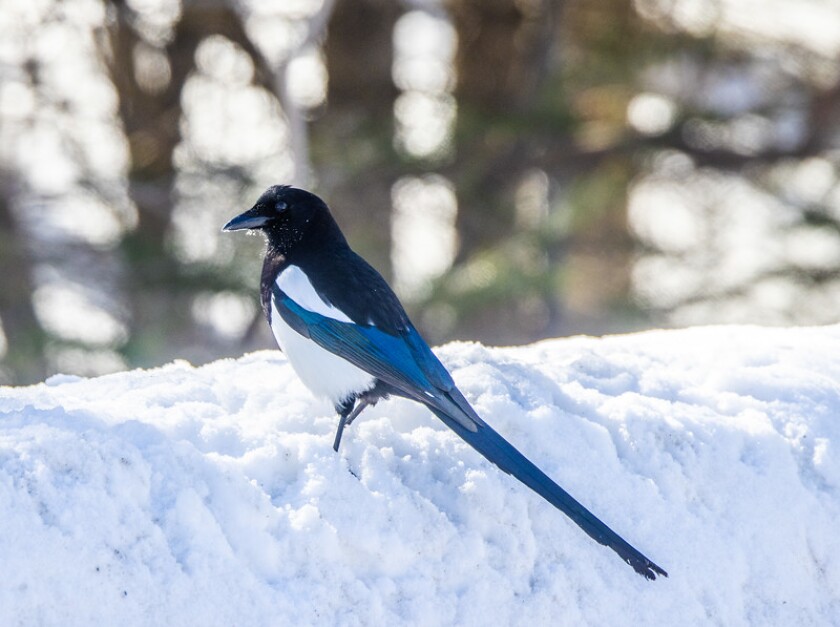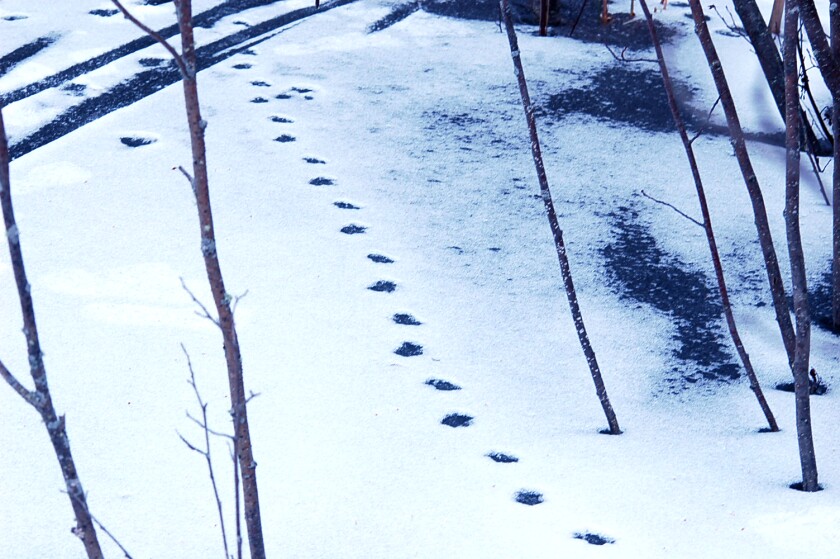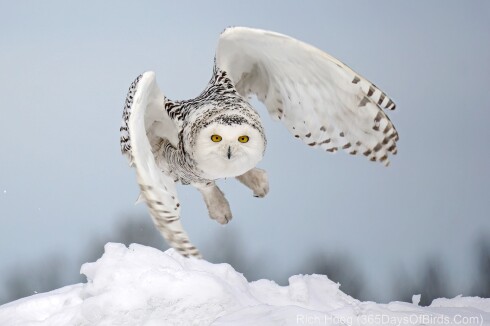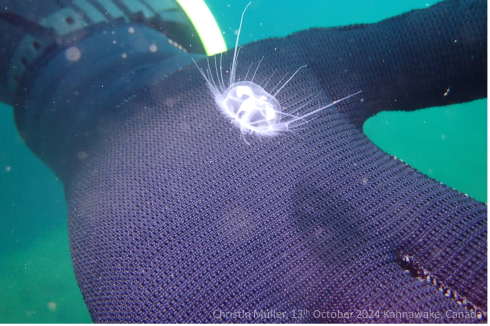By the time we reach mid-January, we have often had enough snow so the seasonal total is about 45 inches. This translates to several inches of snow on the ground.
With the cold temperatures associated with this month, the snowpack may be a dry powder type that allows for good skiing. However, this is not the situation we see during this January.
ADVERTISEMENT
Starting from the first snowfall of the season until now, about 14 inches have been recorded and only 6.5 in December. For a while, this gave a good cover and I found many tracks — a least a dozen kinds of tracks during each walk.
Then in late December, the temperature became mild (41 degrees on the 29th) and we even got some rain. The snowpack we had quickly shrunk, and in some places, disappeared. I was able to walk on snow-covered ice one day that held puddles the next day. Though we did get some light snow later, it has not returned to how it was before the rain.
The snow remaining after the rain froze in the subsequent chill and became hard crusty snow. Now, we have much less snow cover than expected. (A recent Minnesota Department of Natural Resources map showed most of the state devoid of the usual cold cover.) Easier driving with less plowing and shoveling may make this dearth of snow a blessing, but there is another side.
We may overlook the value of an ample snowpack. Snow with all the air within is a good insulation and protects the ground from subzero temperatures. Around our homes, this means some of our water and septic pipes could freeze underground. Some perennial plants may suffer.
But there are more hazards in the lack of snow with wildlife. Some common animals, often encountered in winter, might be having hard times.
Ruffed grouse depend on a snow cover of several inches to bury themselves from the frigid air. The couple inches of crunchy snow we now have is not helping much. They can choose other sites such as under the low branches of spruce trees for shelter. They leave these hideouts in early mornings to feed on tree buds. As the winter progresses, they may be suffering.
The snowshoe hare tracks I found earlier told of active animals, but are hard to find now. Not only do they have the shelter taken from them if the snow melts, but they also become easier to see. Turning from the brown coat of summer to the white one in winter, they can hide in the snowpack.
ADVERTISEMENT
But with the lack of snow, their white coats will stand out more. They move cautiously at night to feed, leaving a safe hiding place. Winter could be hard if this continues.
Meadow mice (also known as field mice and meadow voles) are common and remain active all winter. If the winter and snow are normal, they construct a labyrinth of tunnels beneath the snow. In fields, they would live a fairly comfortable winter.
But if there is no snow, or hard crusty snow, their travel methods cannot be done. They could have a hard time. I have seen many vole tracks in swamps where they appear to do better among the vegetation.
The grouse, hare and voles, among others, may be having a tough time this winter with the type of snow cover we have. We still have months to go, and things could change a great deal.








